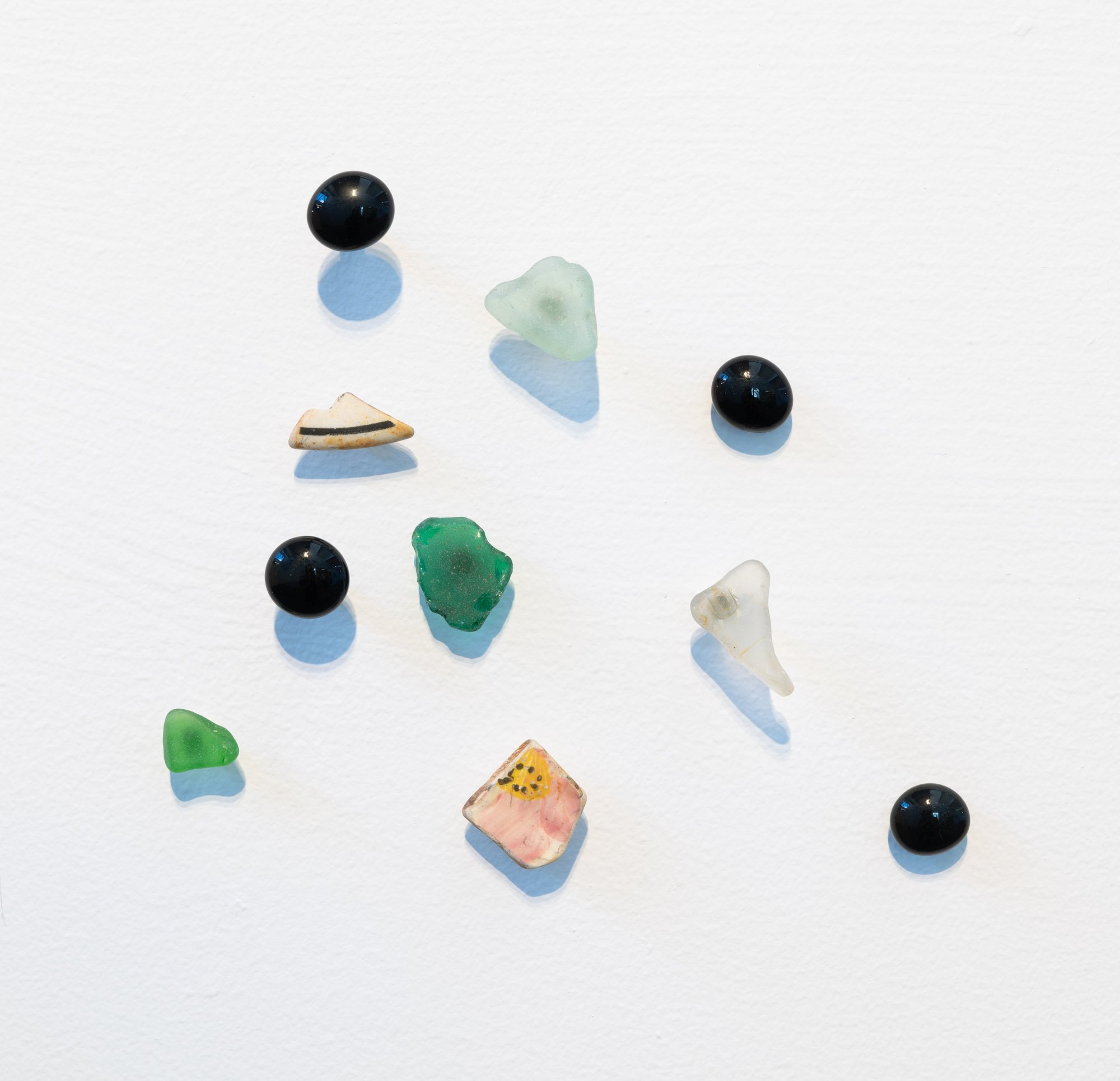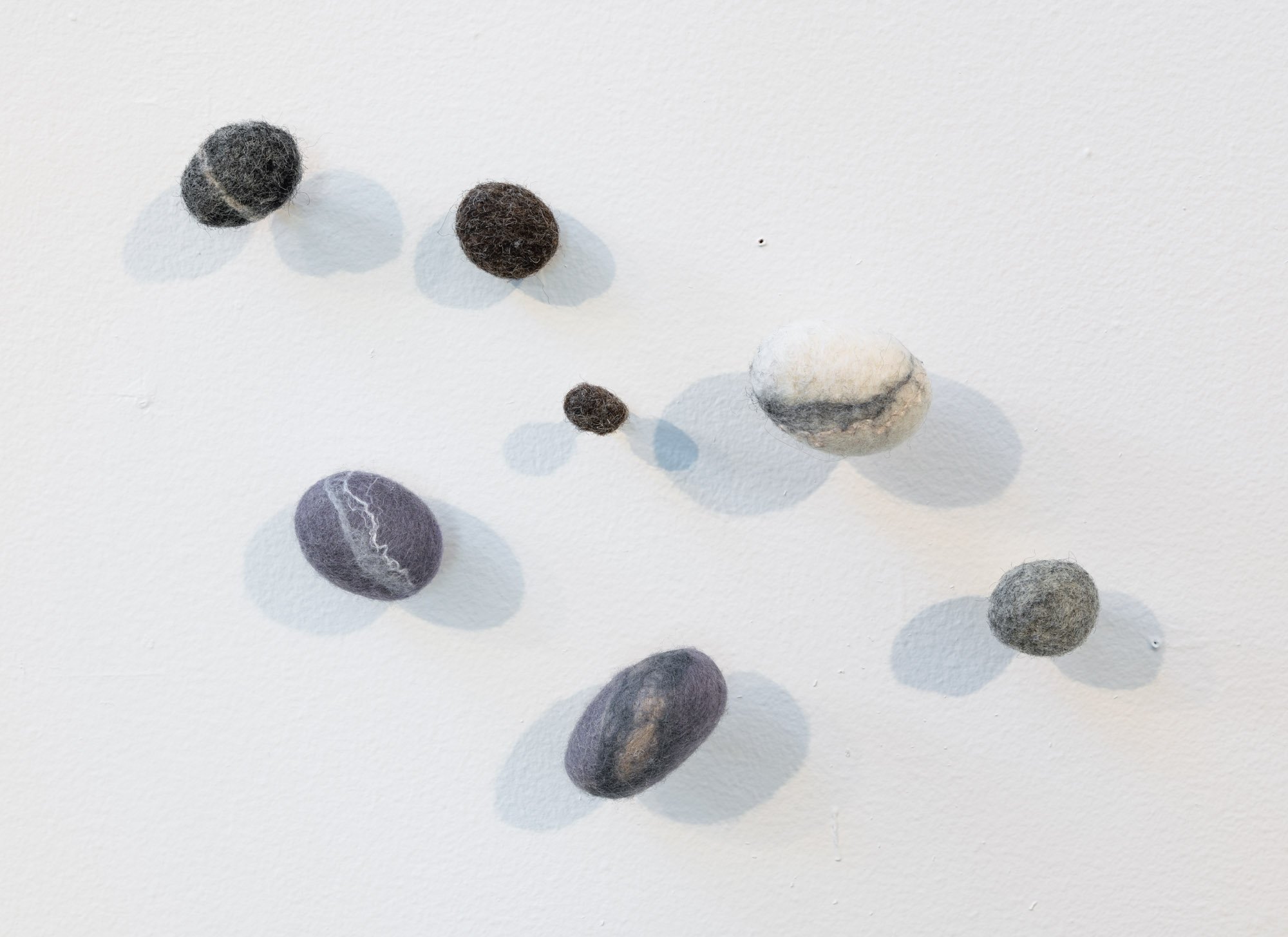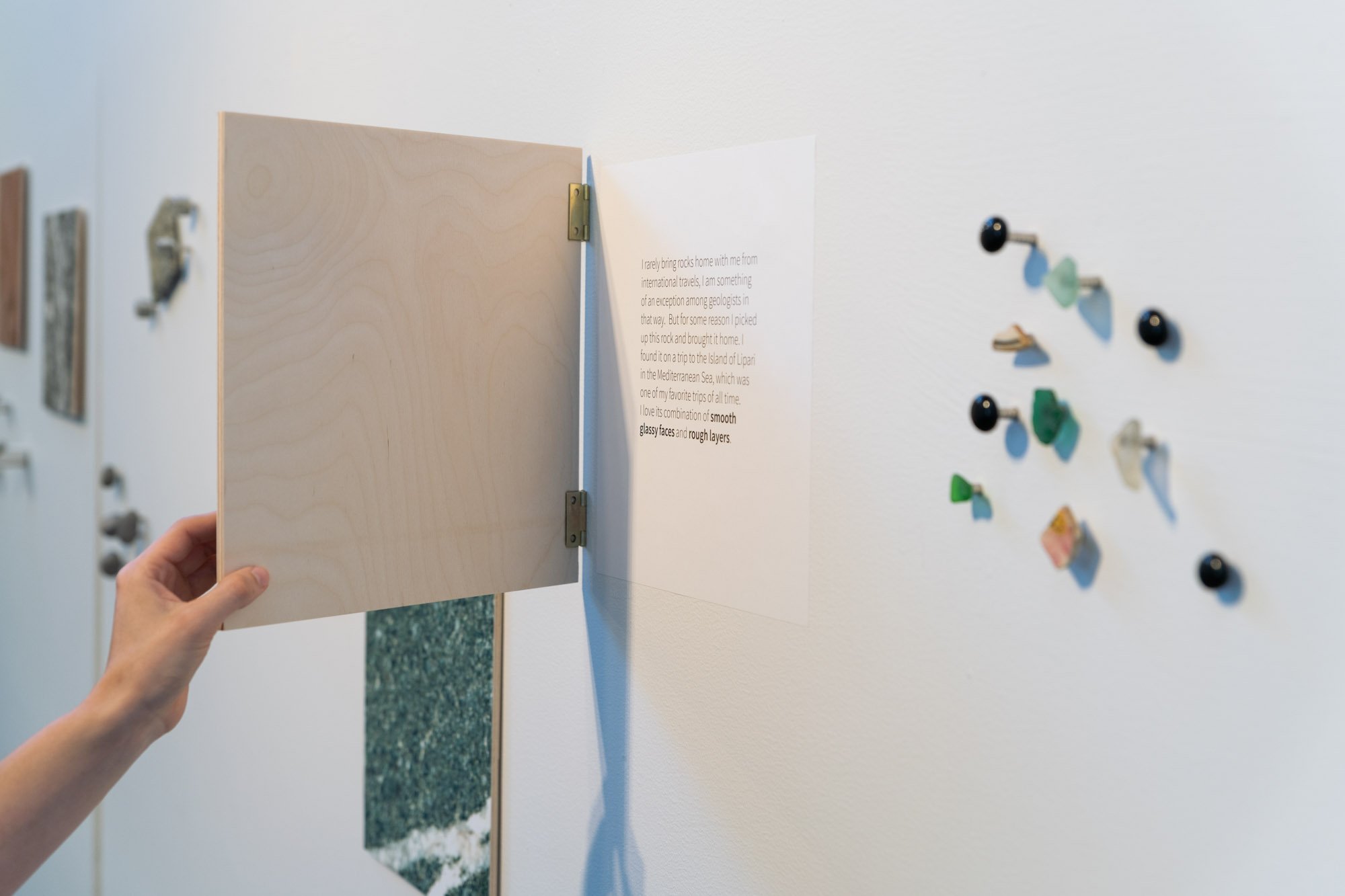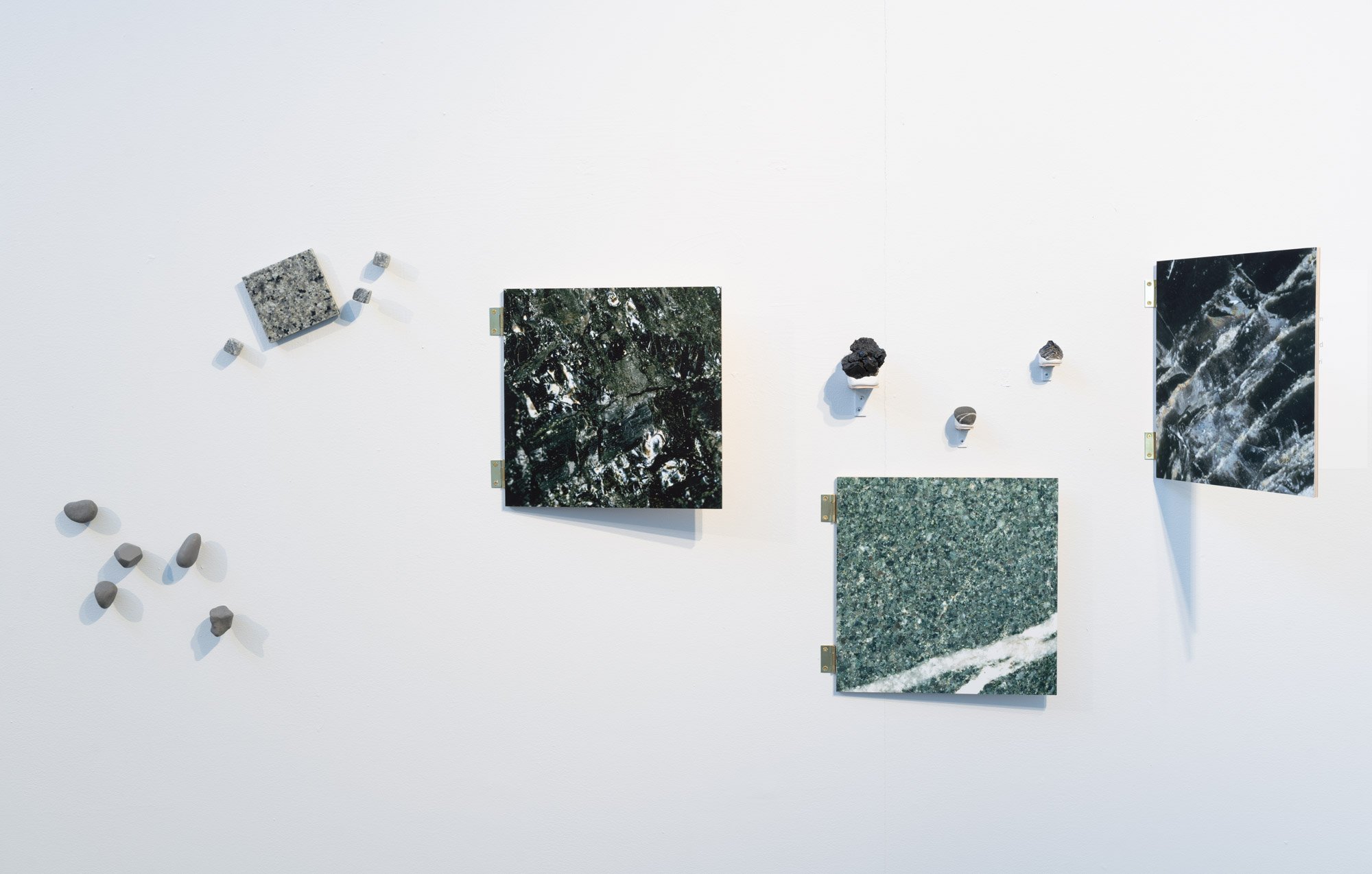Rock Love
Polymer clay and sand ‘not-rocks’
Not-rocks encourage participants to reevaluate and ‘unknow’ rocks. Rocks seem to be the simplest and most basic of objects, but few people take the time to consider everything they don’t know about a rock or rocks in general. Rocks hold more than they can communicate, but perhaps by contrasting rocks with not-rocks, we can understand something deeper about rockishness.
How to Fall in Love with a Rock
Rock Love is a kit, an engagement methodology and a group experience to facilitate conversation and critical thinking about ‘Physical Earth’ and our relationships to it.
Rocks are a kind of embodied data. Every characteristic they have was encoded by a condition the rock was subjected to; they are records of their own stories. Igneous, sedimentary or metamorphic; flakey, blocky, or rounded; micro-crystalline or macro-crystalline — each of these physical characteristics is a response to a specific set of conditions under which a rock formed or was changed.
As a designer my challenge was to create a bridge which would enable non-geologists to observe and interpret some of the data encoded into their rocks. The Rock Love Kit and engagement methodology create the circumstances for non-geologists to fall in love with a rock, and eventually with all Earth materials. To do so, it draws on ideas from design practice, critical theory, pedagogy, and activism.

What Do You Notice?
The kit consists of several types of materials, adopted rocks (provided by the participants), charismatic minerals, and ‘not rocks.’ Also included with the kit is a hand lens for close examination of the materials.
The goal of the engagement is not to inform participants about the materials but to create an environment for them to notice, discover, and learn about them on their own, and to develop their own questions.
The central questions of the Rock Love engagement are:
“What do you notice?”
“What more can you find?”
“What do you notice that makes you say that?”
Participants are encouraged to observe the kit materials starting with their adopted rock followed by the charismatic minerals and finally the not-rocks. After exploring the materials they revisit their adopted rock, make new observations, and retell its story.
Rock Love is a group experience. Sharing observations and asking clarifying questions of one another reenforces the spirit of inquiry. During Rock Love engagement, many things are exchanged—stories, observations, objects (if engaging in person), and ideas. The charismatic mineral specimens in each kit vary, giving participants a chance to share what they notice and bring the other participants into the experience of engaging with each mineral even at a distance.
Adopted Rock
A rock that participants have a pre-existing relationship with. Something that has spoken to them and that they have a story about.
Charismatic Minerals
Collectable-quality mineral specimens, unusual and eye catching which might be at home in a collectors display case or even in a museum.
‘Not -Rocks’
Materials that have a sensory or material relationship to rocks but are not actually rocks, or are rocks that have had their rockishness modified or diminished in some way.
We love what we know, and we know what we take the time to observe.
To observe something closely enough to know it is to begin to fall in love with it.
Rock Love is packaged in a plain box to elicit a feeling of intrigue and excitement upon opening . None of the materials of the kit are visible except the hand lens. Opening the kit should feel like opening a gift, eliciting a sense of curiosity and play.
The goals of Rock Love are to spark curiosity about rocks and Physical Earth, to notice how humans are in relationship with Physical Earth, and to initiate a practice of observation of Earth materials.

What More Can You Find?
How to Fall in Love with a Rock
MFA Thesis Exhibition


























